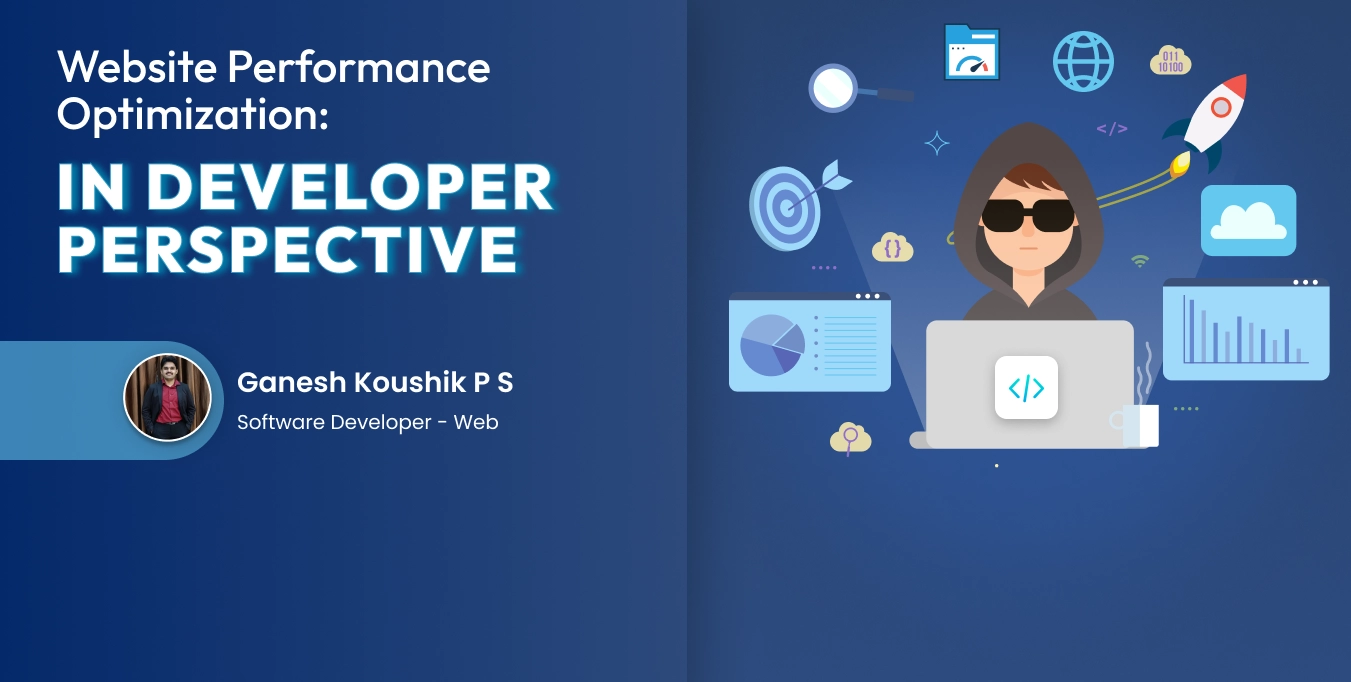Tube Rank: Your Guide to Video Success
Discover tips and insights for optimizing your video presence.
Turbocharge Your Website: From Speed Bumps to Lightning Bolts
Unlock your website's full potential! Discover top tips to transform sluggish load times into blazing fast speeds that engage visitors.
5 Essential Tips to Boost Your Website Speed
In today's digital age, website speed is crucial for retaining visitors and improving user experience. A slow-loading website can lead to higher bounce rates and lower search engine rankings. Here are 5 essential tips to help you boost your website's speed:
- Optimize Images: Large image files can significantly slow down your website. Use image compression tools and select the appropriate file formats to reduce loading times without sacrificing quality.
- Leverage Browser Caching: By enabling browser caching, you allow visitors' browsers to store your website's static files, which speeds up the loading time on subsequent visits.
- Minify CSS and JavaScript: Reducing the size of your CSS and JavaScript files by removing unnecessary spaces and comments can help improve website speed.
- Use a Content Delivery Network (CDN): CDNs distribute your site's content across multiple servers globally, ensuring that users load your site from the nearest location, thereby enhancing performance.
- Choose the Right Hosting Plan: Your web hosting service plays a significant role in your site's speed. Consider upgrading to a better plan or switching providers if your current service is slow.

How Website Speed Affects User Experience and SEO
Website speed plays a crucial role in enhancing user experience and improving search engine optimization (SEO). When a website loads quickly, visitors are more likely to stay and explore its content, leading to lower bounce rates. Studies show that even a one-second delay in page load time can result in a significant drop in user engagement and conversion rates. This highlights the importance of optimizing a site's performance to ensure that users have a seamless browsing experience, which translates directly into increased satisfaction and retention.
In addition to affecting user experience, website speed is a key factor that search engines like Google consider when ranking sites. Faster websites tend to rank higher in search results, making it essential for businesses and content creators to prioritize speed optimization. Techniques such as compressing images, minimizing CSS and JavaScript, and leveraging browser caching can significantly improve load times. By focusing on these optimization strategies, websites can enhance both their SEO performance and overall user experience, leading to greater visibility and higher engagement rates.
Is Your Website Slow? Here’s How to Diagnose and Fix It
If you find that your website is slow, it can negatively impact user experience and your site's search engine ranking. To accurately diagnose the issue, start by using tools like Google's PageSpeed Insights or GTmetrix. These tools provide insights into what parts of your site are lagging, whether it's large image files, excessive scripts, or server response times. By analyzing metrics such as loading time, time to first byte (TTFB), and mobile performance, you can pinpoint the areas that need improvement and prioritize them for optimization.
Once you have identified the issues, you can implement several effective strategies to fix a slow website. Consider the following steps:
- Optimize Images: Compress and resize images to reduce loading times.
- Minimize HTTP Requests: Limit the number of elements on each page, including scripts and stylesheets.
- Enable Browser Caching: Allow browsers to store some resources locally to speed up repeat visits.
- Use a Content Delivery Network (CDN): Distribute your content across various servers globally to reduce latency.